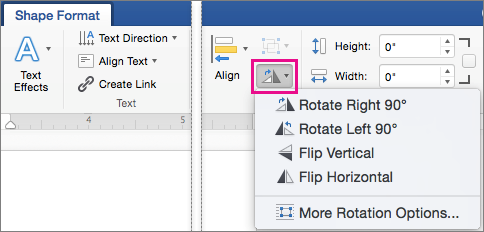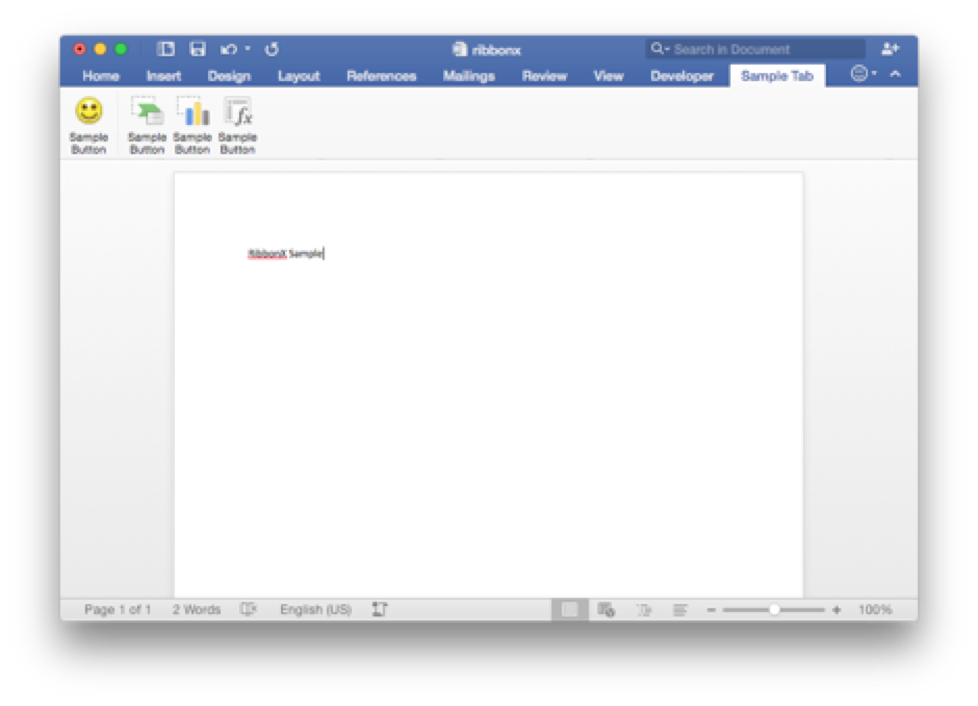

If all else fails, restart your Mac to ensure that everything recognizes the new fonts. Or just quit and relaunch any apps that don’t see the new fonts. If you had a font panel open in an app, you might need to close and reopen the panel before newly installed fonts will appear. Once installed, fonts should be available to most apps right away. If at least one font is installed for the current user and at least one font is installed for all users, you’ll see Computer and User categories at the top of the Font Book sidebar. Keep in mind that fonts in macOS can be installed for just the current user or for all users of the Mac. However, if you’re installing a bunch of fonts at once, either the second or third approach will let you avoid lots of repetitive clicking.

If you’re installing just one or two fonts, go with the first method, since it’s the easiest.


However, despite the fact that there are oodles of fabulous fonts available for free download (at least for personal use), many people don’t realize just how worthwhile it can be to go beyond the fonts that ship with macOS. Over the years, font formats and how you work with fonts have changed, though things have remained fairly stable since Mac OS X became mature. Back in the 1980s, the thing that set Macs apart from PCs more than anything else was the Mac’s support for different fonts.


 0 kommentar(er)
0 kommentar(er)
